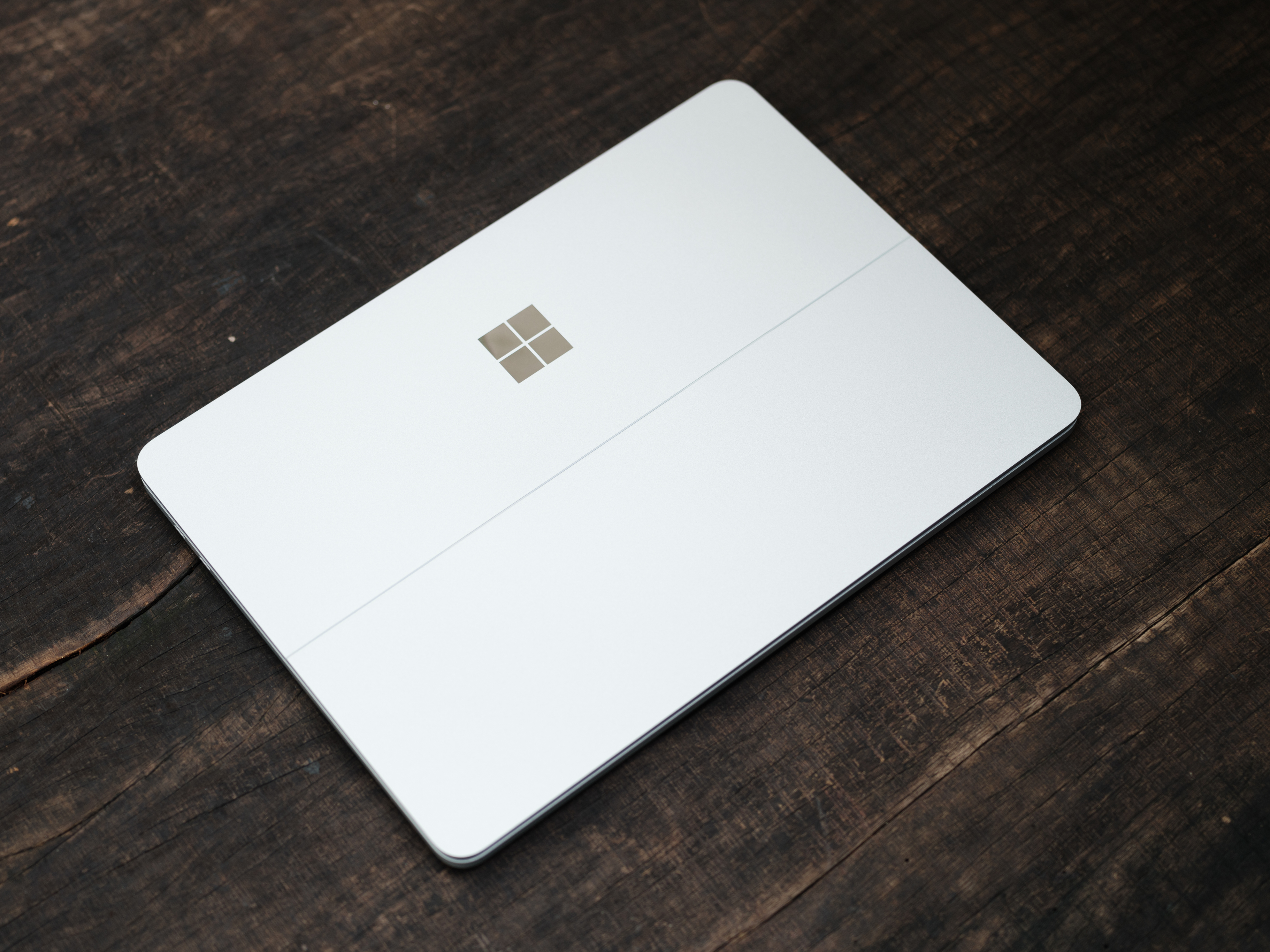Windows 10 and 11 offer robust tools for administrators to configure and manage local security settings. The Local Security Policy provides a framework for defining and implementing security standards across devices, ensuring a secure operating environment for users and data. This article explores how to leverage the Local Security Policy and associated tools effectively.
What is Local Security Policy?
The Local Security Policy (Secpol.msc) is a Microsoft Management Console (MMC) snap-in used to configure and manage security settings on a local device. It allows administrators to:
- Control user access to devices and resources.
- Define password policies and account restrictions.
- Configure auditing to monitor and log security events.
- Manage firewall settings and IP security rules.
By consolidating these configurations, Local Security Policy ensures devices adhere to organizational security requirements, minimizing vulnerabilities and improving compliance.
Why Use Local Security Policies?
Local Security Policies are critical for managing small-scale deployments or standalone machines that may not be connected to a domain. They allow organizations to:
- Enforce Security Standards: Define and apply rules for user authentication, file access, and network usage.
- Monitor Activities: Enable auditing for user actions, failed logins, and other critical events.
- Mitigate Risks: Implement password policies, account lockouts, and restrictions to minimize attack surfaces.
Core Features of Local Security Policy
1. Account Policies
- Password Policy: Enforce password complexity, length, and expiration.
- Account Lockout Policy: Lock accounts after a specified number of failed login attempts.
- Kerberos Policy: Manage Kerberos authentication settings for domain-connected environments.
2. Local Policies
- Audit Policy: Configure logging for successful and failed events, such as logins or access attempts.
- User Rights Assignment: Assign specific rights, such as the ability to log in locally or shut down the system.
- Security Options: Fine-tune settings like user elevation prompts and SMB protocol usage.
3. Network Security
- Windows Firewall with Advanced Security: Control inbound and outbound traffic rules.
- IP Security (IPSec): Protect data transmitted over the network using encryption and authentication policies.
4. Application and Software Restrictions
- Define rules for running applications and scripts, preventing unauthorized or malicious software execution.
Managing Security Policies on Windows 10/11
Using the Local Security Policy Snap-In
- Open the Run dialog (
Windows + R) and typesecpol.msc. - Explore and modify policies within categories like Account Policies, Local Policies, or Software Restriction Policies.
Using Command-Line Tools
- Secedit: This command-line tool enables automated security configuration and analysis tasks, such as applying security templates or exporting settings.
- Example:bashCopyEdit
secedit /configure /db secdb.sdb /cfg secconfig.cfg /log log.txt
Group Policy Integration
- For domain-joined devices, policies can be managed through the Group Policy Management Console (GPMC), which allows centralized control across multiple systems.
Advanced Tools for Security Policy Management
Security Compliance Manager
This downloadable tool provides pre-configured security baselines tailored to Microsoft operating systems and applications. It enables administrators to:
- Customize baselines.
- Export configurations to implement across multiple devices.
- Automate compliance verification processes.
Security Configuration Wizard
Primarily available for Windows Server, this role-based tool helps configure policies tailored to specific server roles, such as domain controllers or file servers.
Practical Use Cases for Local Security Policy
- Small Offices: Enforce consistent password policies and lockout rules across a handful of devices.
- Remote Workers: Harden standalone laptops with strict firewall and application control rules.
- Temporary Networks: Deploy quick, localized security measures without the overhead of domain management.
Monitoring and Troubleshooting
Auditing and Logs
Configure the Event Viewer to monitor logs generated by the Local Security Policy, such as:
- Logon events (Success/Failure).
- Resource access attempts.
- Changes to security configurations.
Policy Precedence
If devices are part of a domain, local policies may be overridden by domain-level Group Policy Objects (GPOs). The order of precedence is:
- Organizational Unit (OU) Policies
- Domain Policies
- Site Policies
- Local Computer Policies
Persistence of Settings
Certain policies, especially those related to file systems and the registry, may persist even after a GPO no longer enforces them. This behavior, called “tattooing,” requires manual removal or reconfiguration to address.
Conclusion
Local Security Policy in Windows 10 and 11 offers a flexible and powerful way to enforce security on standalone or small-scale systems. By utilizing built-in tools like secpol.msc and advanced features such as the Security Compliance Manager, administrators can safeguard devices against modern threats. For domain-connected environments, integrating Local Security Policy with Group Policy ensures robust, centralized security management.
How Can Netizen Help?
Netizen ensures that security gets built-in and not bolted-on. Providing advanced solutions to protect critical IT infrastructure such as the popular “CISO-as-a-Service” wherein companies can leverage the expertise of executive-level cybersecurity professionals without having to bear the cost of employing them full time.
We also offer compliance support, vulnerability assessments, penetration testing, and more security-related services for businesses of any size and type.
Additionally, Netizen offers an automated and affordable assessment tool that continuously scans systems, websites, applications, and networks to uncover issues. Vulnerability data is then securely analyzed and presented through an easy-to-interpret dashboard to yield actionable risk and compliance information for audiences ranging from IT professionals to executive managers.
Netizen is an ISO 27001:2013 (Information Security Management), ISO 9001:2015, and CMMI V 2.0 Level 3 certified company. We are a proud Service-Disabled Veteran-Owned Small Business that is recognized by the U.S. Department of Labor for hiring and retention of military veterans.
Questions or concerns? Feel free to reach out to us any time –
https://www.netizen.net/contact



